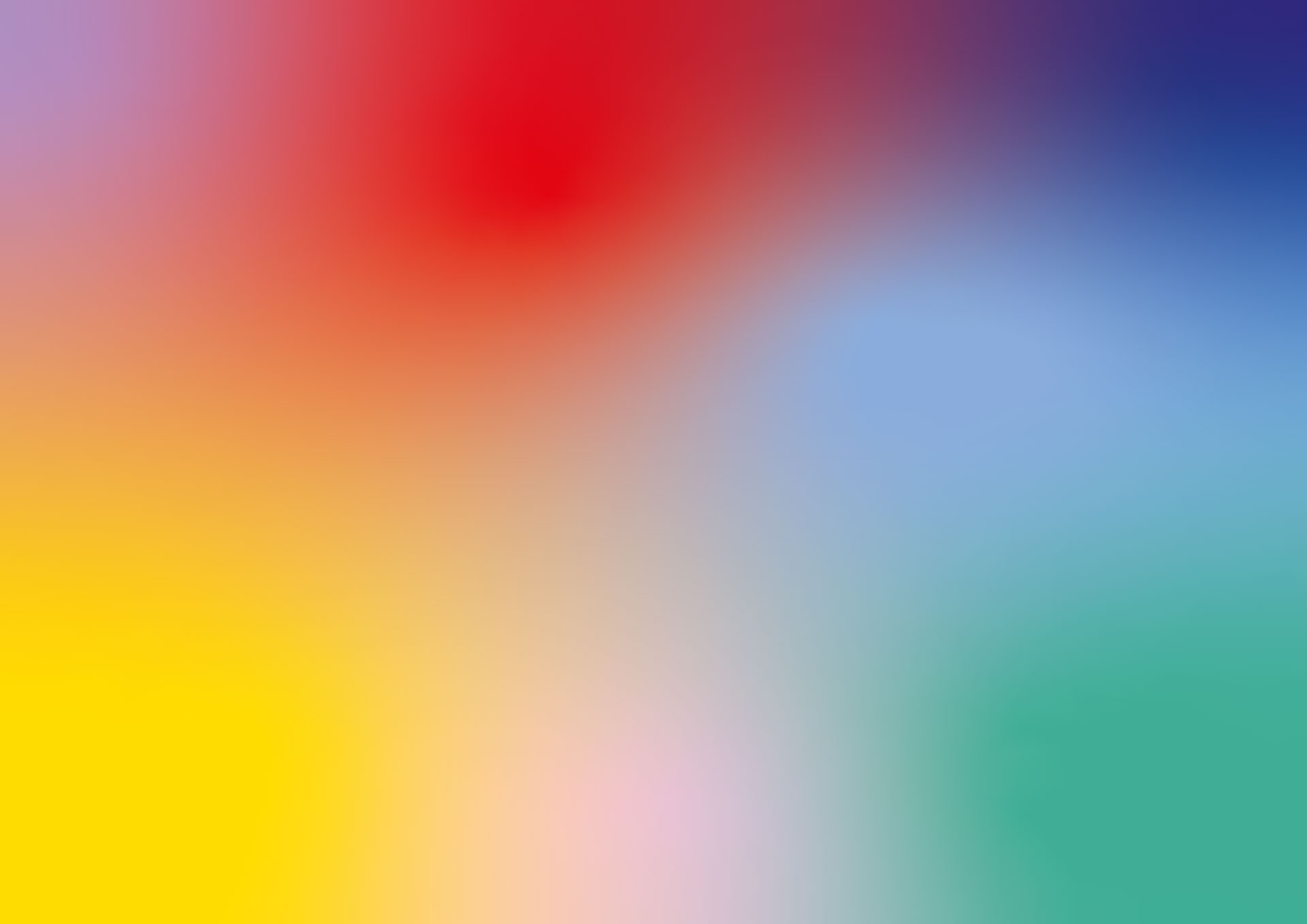
Natalia Różycka
Love by Natalia Różycka brings the subtle and fluid shades of queer relationships to life. Even though Różycka shows abstract and fluid shapes and forms, the work is narrative.
Our terminology may have not, but queer bodies have existed since the beginning of humankind. And queer bodies have found representation through photographs since the beginning of this light-and-life-capturing medium. Most of these older traces of norm-shaking, thriving realities had to be found again. Lots were erased from family histories. Some were shown for decades with their queer truths lost in the eyes of their beholders.
Meaningful gestures and items, bodily landscapes and thought-out relational compositions – hints at queerness hardly comprehended without shared lived experiences. Often flying under the radar. Sometimes as apparent as hitting you like a ton of bricks. Photographs which make reality feel real. Images – one at a time – recording queer love, queer hurt or queer joy for eternity.
From pictures of loving couples taken in photo booths, eliminating the need for a knowing photographer, to still lifes of fruits, vases and memorabilia, to keepsakes and artistic creations presenting garlands of violets, lavender and green arnation, showing telling postures, hands, beltside key rings, tattoos and scars healing whole biographies, rays of light and color combinations, laced-up boots and antique statues. Queer semiotics have emerged and evolved. Codes have become manifold. An ever-expanding visual language has been created. Yet still it often remains undiscovered by the wider public.
While the portrait has become one of the dominating means of expressing queerness in photography, many artists have chosen more abstract routes to investigate issues of identity in their work. Especially when imaging the non-binary, abstraction opens up new possibilities for permanently gendered bodies. No matter how concrete the form: there can be queerness stored and found in everything.
Depictions of societies as (mal-) functioning organisms, the individual and the collective bending their bodies of resistance, or pictures leaving the body behind the camera but bringing their issues to the forefront. Let us find immortality together through the analogue, the digital, the concrete, the abstract – the queer photography of 2023, of before, now and after.
Get more information and the story behind each project on the following pages. Explore the range of warm personal stories, critical approches, portraits, political statements and abstract processing.
Bodily Autonomies exhibitions:
May 5th – May 31st: Karlstorbahnhof, poster exhibition in the streets of Heidelberg
June 12th – July 31th: Marstallcafé, Marstallhof 5, 69117 Heidelberg. MORE INFO!
Queere Körper existieren seit es Menschen gibt und seit Entdeckung der Fotografie wurden sie durch dieses Medium abgebildet. Spuren ihrer die Normen durchbrechenden Realität mussten häufig wiederentdeckt, Codes neu entschlüsselt werden. Viele wurden aus Familiengeschichten getilgt. Und doch sind sie da, in bedeutungsvollen Gesten und Gegenständen, Körperlandschaften, feinen Bildkompositionen. Die Zeichen entwickelten sich und wurden zu einer endlos expandierenden Bildsprache. Und doch bleibt diese von der breiten Öffentlichkeit häufig unentdeckt. In der diesjährigen Fotoausstellung suchen wir gemeinsam nach der Unsterblichkeit, die uns in Bild und Licht festhält.

Love by Natalia Różycka brings the subtle and fluid shades of queer relationships to life. Even though Różycka shows abstract and fluid shapes and forms, the work is narrative.
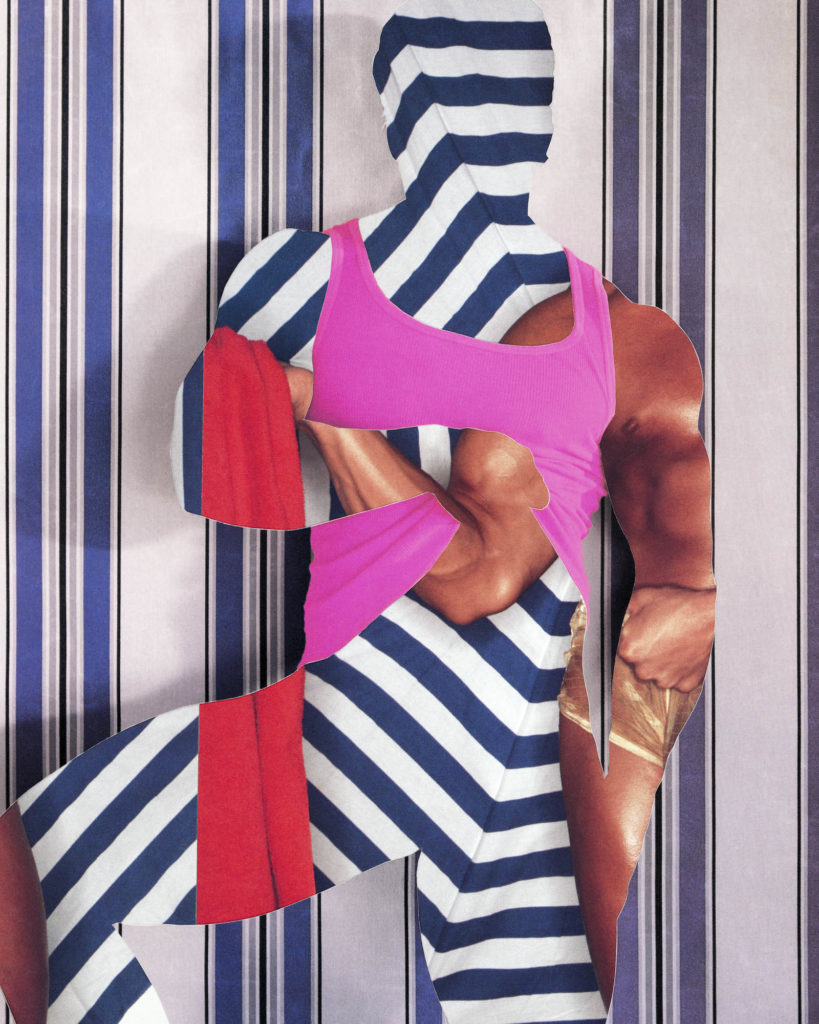
Michal Young plays with the vintage iconography of a gay erotic gaze that shaped Young’s own coming of age times in the late 80s and 90s. One collage shows two fragmented excerpts of vintage gay calendars in a subtle interplay of positive and negative space.
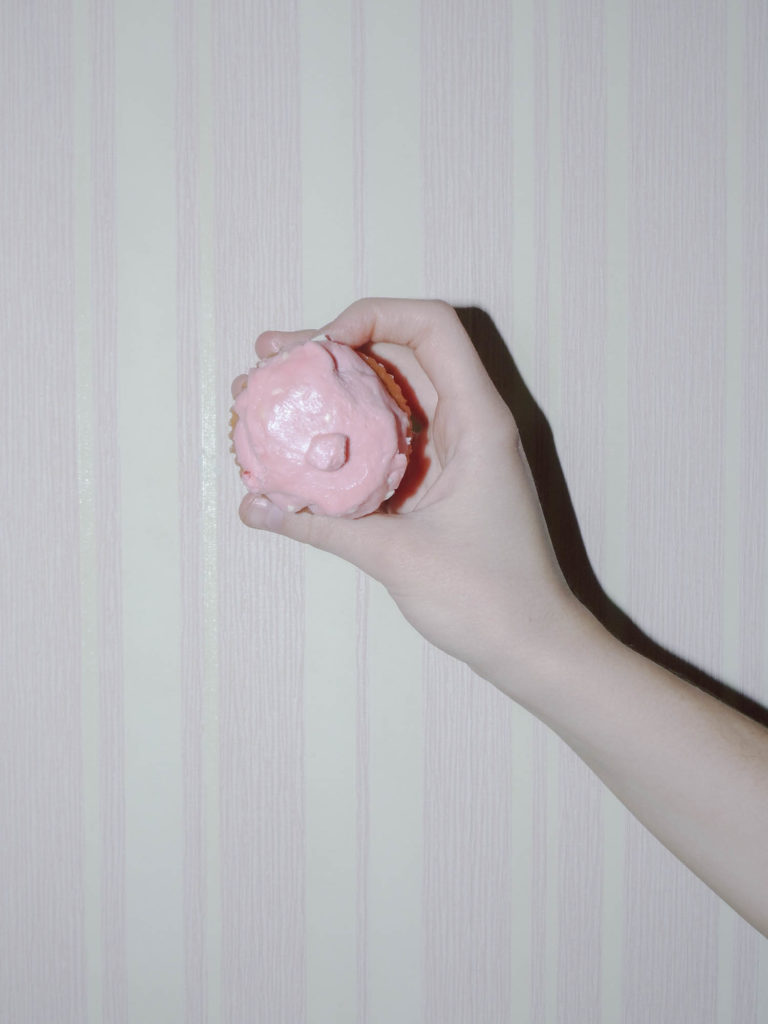
Irina Dmitrovskaya investigates views on her own sexuality, othered as queer sexuality from the outside. She shows an interplay of closeness and distance, of fragmentation and framing.
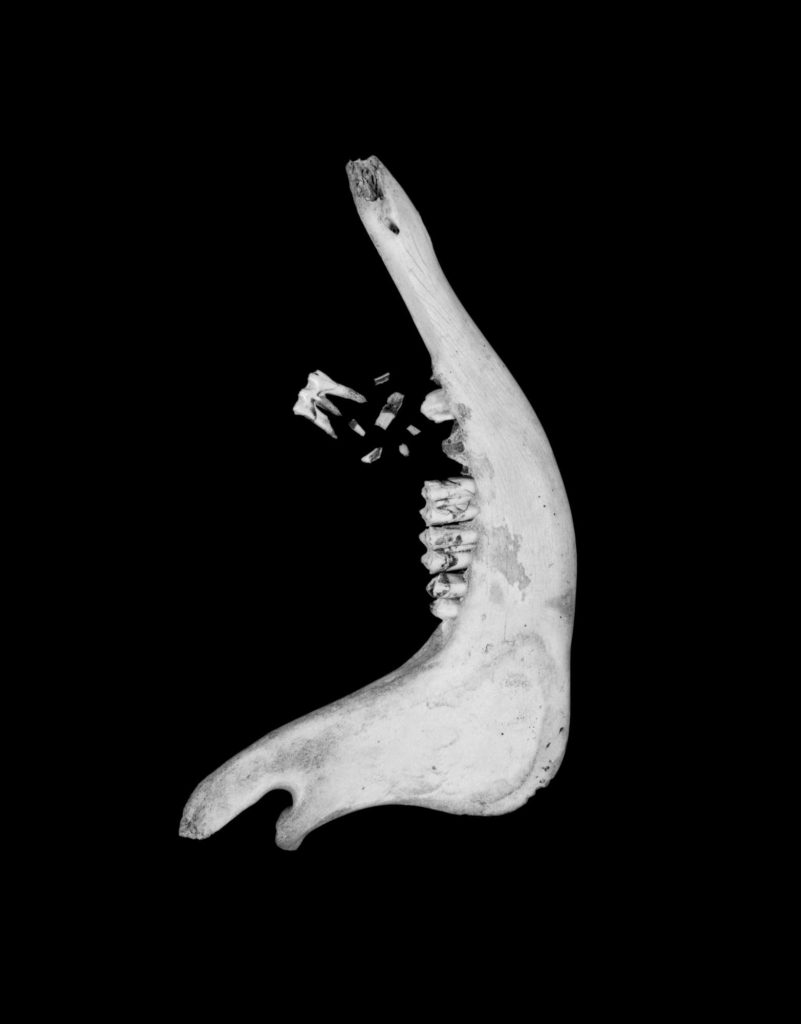
Evidence of My Sexual Misdemeanor is a precise and conceptual photographic dissection of the experience of forced visibility. The Turkish military forces gay men to out themselves in a, by definition, hostile environment.
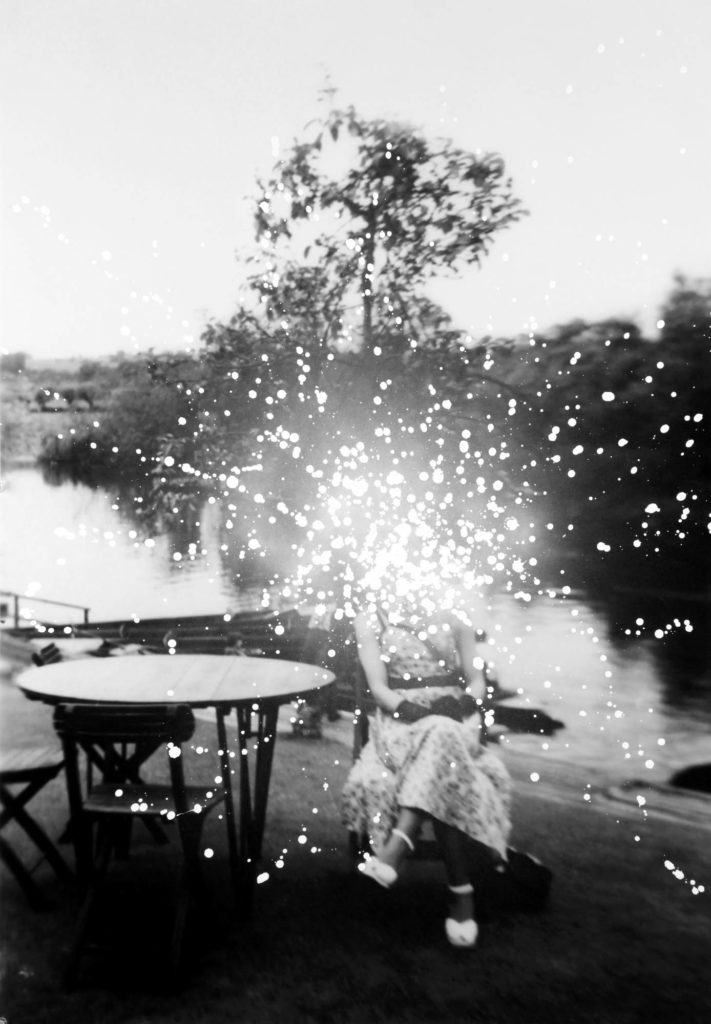
Sara Davidmann takes a narrative approach and works with sentimental and personal found footage. She tells the story of K, a hidden trans biography in her own family history.
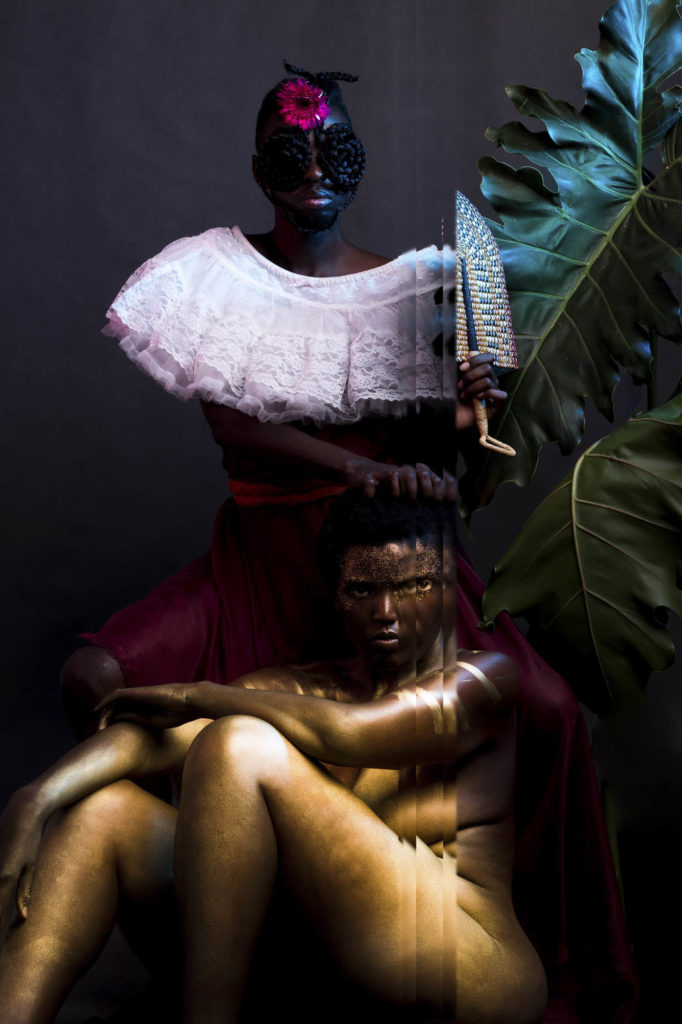
In a formal act of autonomy, Awuor Onyango, Mal Muga and Namikoye Wanjala decided to defy the regulations of the call for single projects and applied as a group with three aesthetically very different projects addressing questions of visibility and queer solidarity.
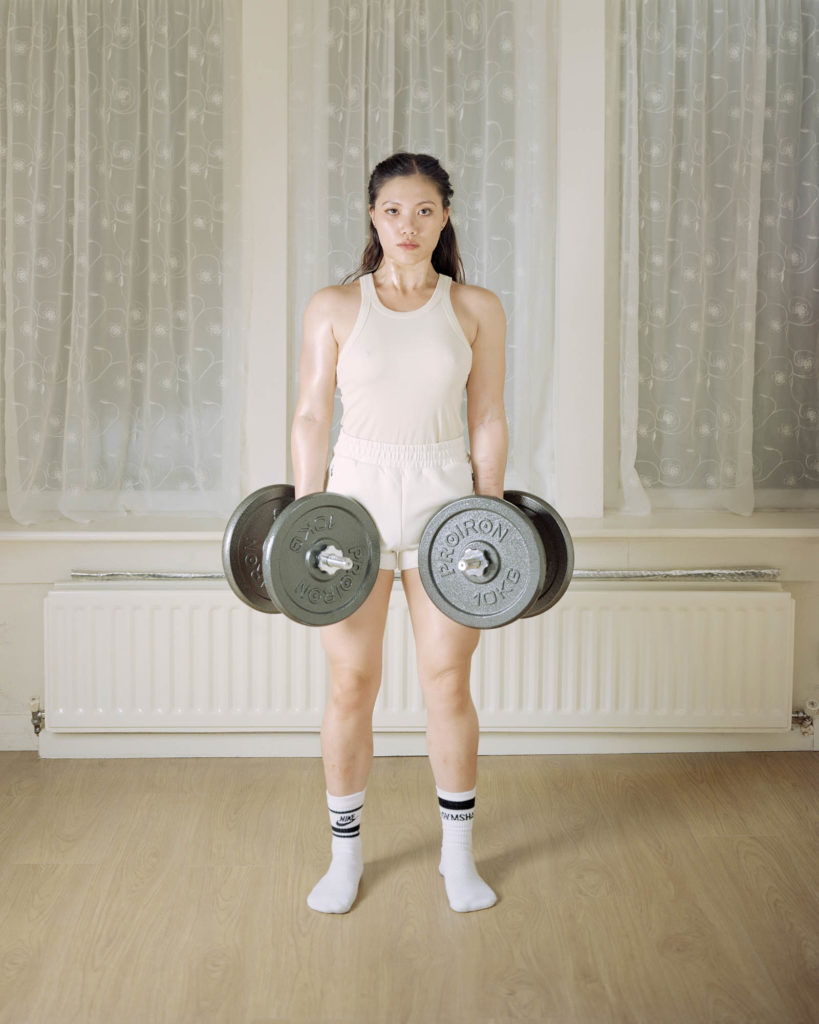
Margaret Liang’s subjects, including the artist, claim their space with a calm yet determined focus. Instruments of creating a self-determined body image appear as highly stylised icons of resolution.

Alien’s Bodybuilders are living and breathing artworks. Alien gives a bright and vivid exclusive into queer performance cultures from the UK.
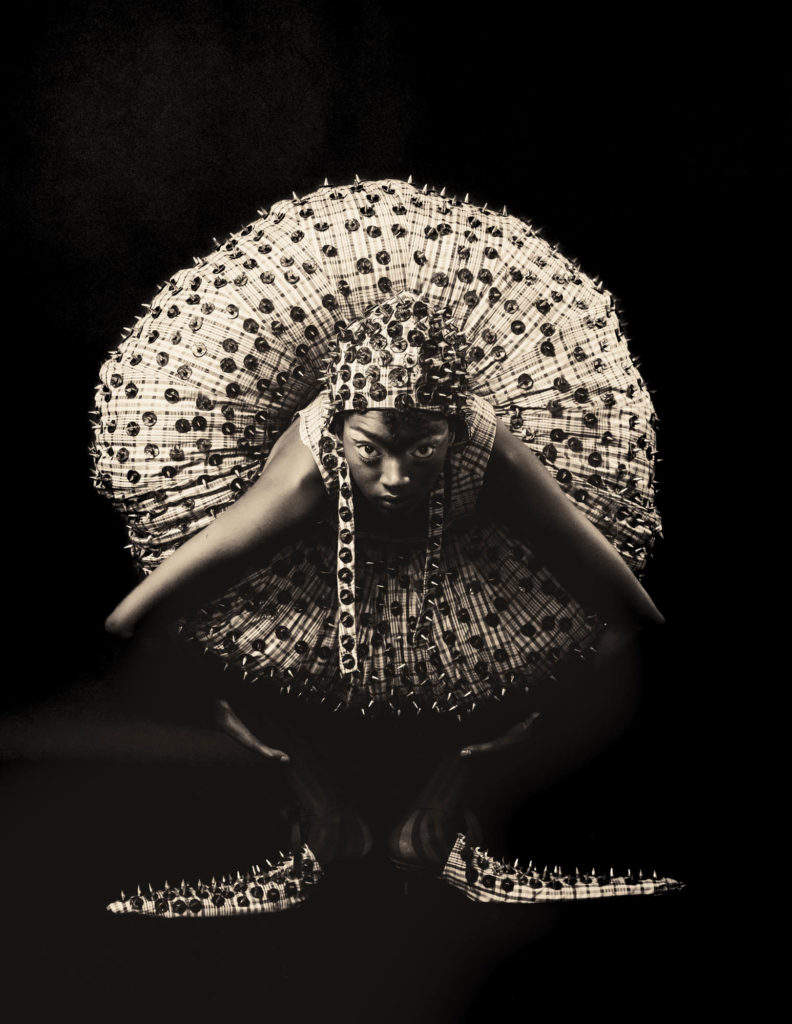
Asafe Ghalib’s work sets a powerful stage for an intersectionally discriminated against community. Ghalib’s expressive monochrome portraiture is warm and dramatic.
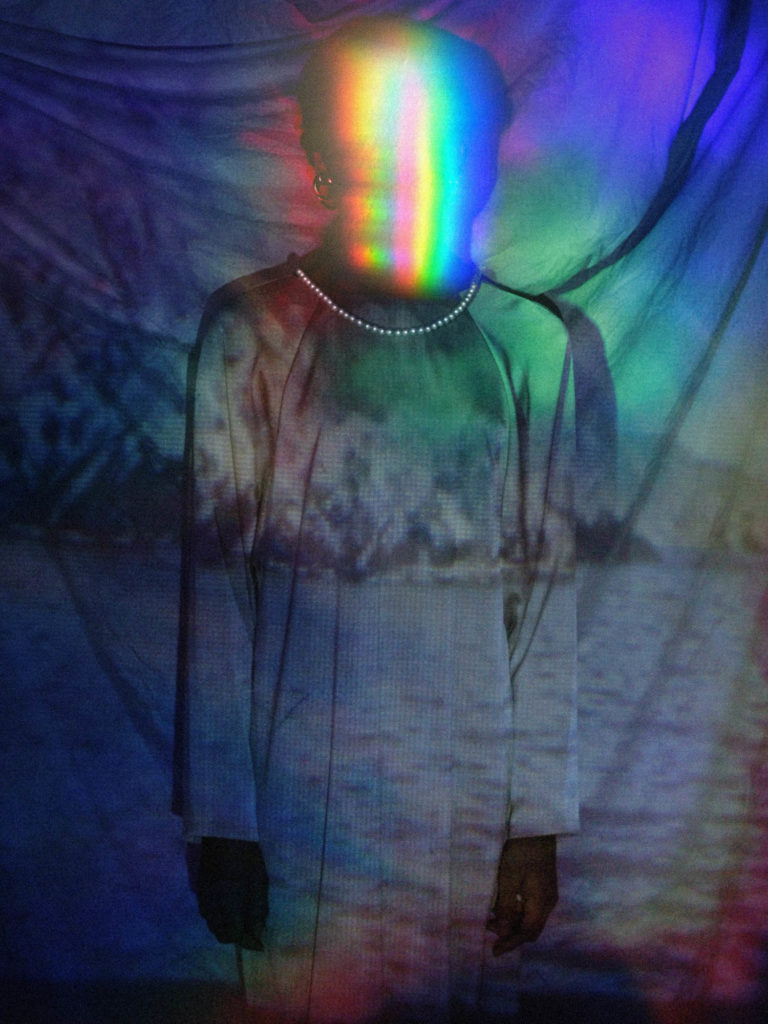
Andrés Gregorio Pérez Dead Family series is an autobiographical and collaborative intervention into censored queer childhood memory.
